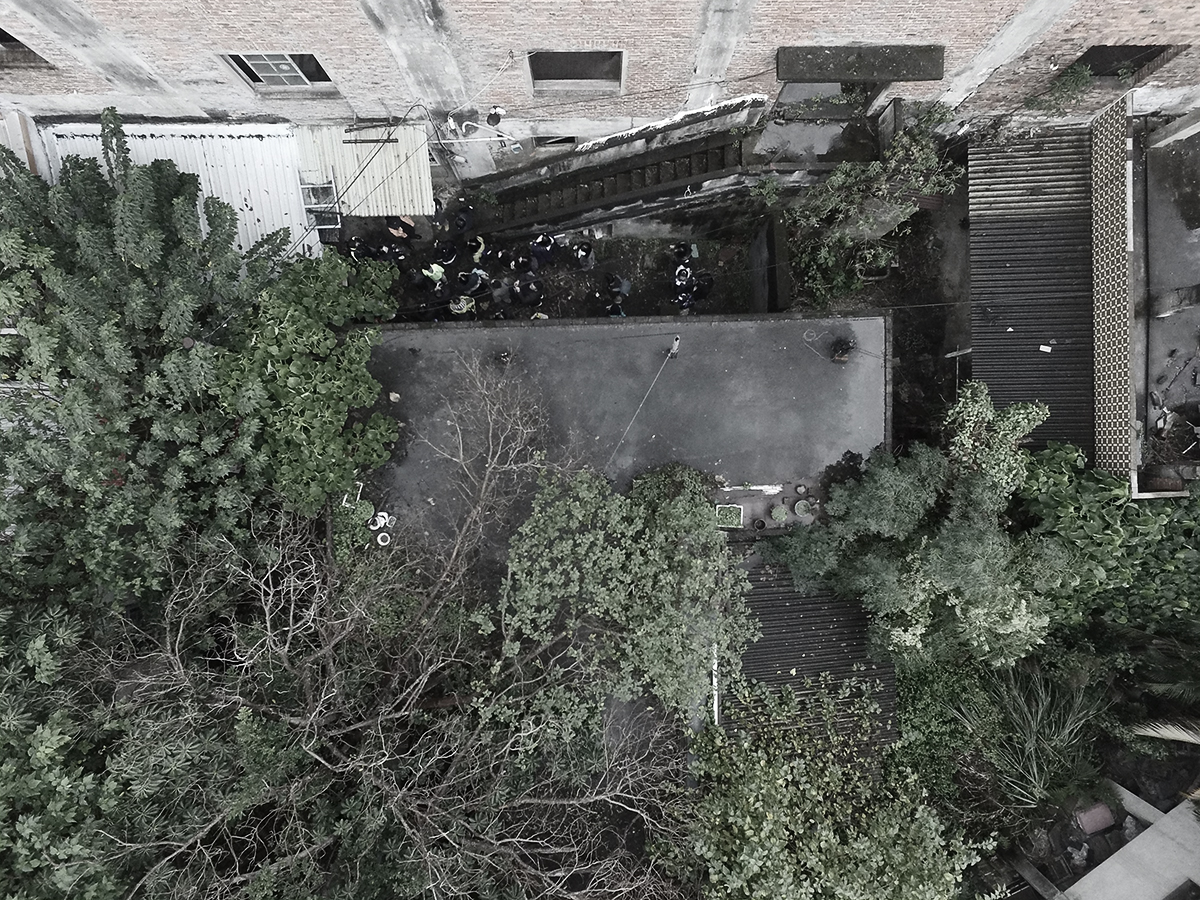點圖前往生博物館網站
—賴雯淑 Wen-Shu (Wendy) Lai
A WWII city without memories is little more than a city of amnesia. A WWII city needs supports from its residents who are reflective, critical, and willing to put their thoughts into action. A WWII city will become an attractive destination when its residents are capable of preserving, revitalizing and nourishing it.
一座沒有記憶與歷史的二戰城市將成為帶有失憶症的城市;一座二戰城市需要一群具反思、批判和實踐能力的市民來保存、活化、滋養她。
A living WWII city should act like a vessel that accommodates various groups of people from different historical periods and backgrounds, and weaves their collective and personal memories into a fabric with a multi-layer texture. A living WWII city should strive for mutual understanding with its residents besides development. A living WWII city should be able to revive itself and transmute into a sustainable organism. A living WWII city is nothing short of a tree rooted in the past, standing on the present, and reaching out for the future. Therefore, the artists from transArt NCTU (Hsinchu, Taiwan) and the post theater (Berlin, Germany) decided to revisit this historic site. The resulted performance series features not only the memories and histories of this site, but also the Hsinchu Living Museum metamorphosed from the works created collaboratively by the artists and the public.
一個活的二戰城市應該是一座容納著來自不同歷史時期的人們與背景,允許將公共的和個人的記憶交織成多層肌理的織物。一個活的二戰城市在發展的同時,也應力求與居民之間的互相理解。 一個活的二戰城市能夠自我活化,並成為一個永續的生物體。 一個活的二戰城市就如一棵樹,它根植於過去,立足現在、探索未來。所以,我們的展演在探討的不止是過去的二戰遺址背後的歷史、記憶,或只是剛剛劃下句點的眷村文化,我們更想做的是如何透過藝術家的創作、大眾的參與,讓新竹二戰遺址變成一座活的「新竹生博物館」(Hsinchu Living Muesum)。
It is an imperative to preserve this former fuel factory in Hsinchu and transform it into the “Hsinchu Living Museum,” because this site is (1) one of the few remaining WWII military-industrial relics; (2) a historic site of military dependents’ housing characterized by “embedded apartment” and “roofless attic”; (3) a rare complex preserving the legacies of war, technology, and military dependents’ housing culture; and (4) registered as a historic building by the Hsinchu City Government in 2010.
為什麼保留新竹六燃二戰遺址,使其成為‘新竹生博物館’很重要呢?因為它是:1.台灣少數僅存二戰時期軍事工業遺跡。2.具「屋中有屋」與「空中樓閣」特色之重要眷村遺跡。3.為全台稀有,同時結合戰爭、科技與眷村文化之歷史建築。4. 已在2010年由新竹市政府正式登錄為歷史建築。
The fuel factory had gone through four crucial phases: (1) Imperial Japanese Navy’s fuel factory; (2) KMT military medical center for soldiers; (3) military dependents’ housing; and (4) the “Hsinchu Living Museum” devoted to the preservation of this historic site.
The Fuel Factory has four historical phases: (1) Japanese Navy Fuel Factory, (2) Military Medical Center for soldiers, (3) Military Housing of soldiers and Veteran (4) A living museum at Hsinchu for the purpose of conservation and revival of the historical site.
燃料廠有四個歷史階段:(1)1943-1945日本海軍燃料廠,(2)1949國軍傷兵療養所,(3)1965-2013眷村宿舍(4)2018- 進行保護和活化歷史遺址的新竹「生博物館」計劃。
The military dependents’ housing phase (1965~2013) spanned a period of 48 years (almost half a century). The fuel factory briefly operated from 1943 to 1945. We believe that the Taiwanese workers as well as the veterans and their families who used to work or live there are indispensable parts of the WWII memory and war history. To the benefit of this precious cultural heritage site, we advocate that the “Hsinchu Living Museum” serves as the best strategy for preserving and enlivening the WWII industrial ruins.
就六燃的大煙囪廠房來說,它自身就有非常豐富的四種歷史階段:(1)是日本海軍燃料廠,(2)國民政府撤退來台後的傷兵療養所,(3) 眷村房舍,(1) 為保存二戰遺址所推動的「新竹生之博物館」


